The first time I saw a pair of boobs (that weren’t my mother’s) was watching Revenge of the Nerds on VHS in 1988. I was 10 at the time. The Nerds break into the Pi Delta Pi sorority house for a panty raid, and before leaving, they set up hidden cameras to watch the sisters prance around in the nude.
I wore down the pause button on my family’s VCR that summer, repeatedly freezing the tape to capture the perfectly shaped Pi’s glorious breasts at multiple angles in the three seconds they were onscreen.
My befuddled reaction resembled Poindexter’s:
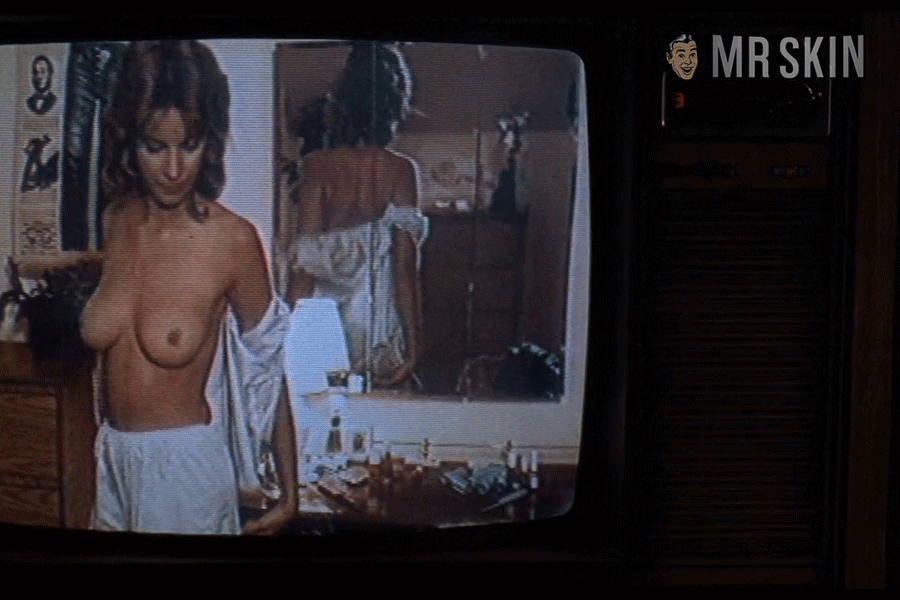
The following year, Rodney Dangerfield’s Back to School landed in the Smith family VHS collection. I found the exact moment — 15:28 — at which Dangerfield mistakenly pulls back the shower curtain to reveal a co-ed’s large, sudsy boobs.
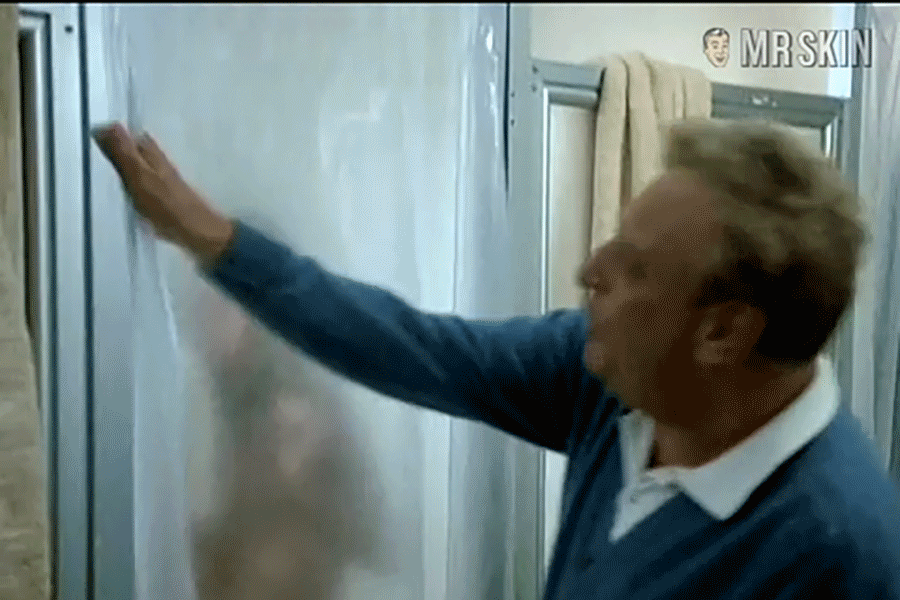
I was reminded of this scene at a live reading of Back to School I attended last month. “From the late 1970s to the early 1980s, you saw a lot more boobs in movies,” says comic Harry Basil, who opened for Dangerfield in Vegas for 10 years and co-wrote numerous films with him (Meet Wally Sparks and My 5 Wives among them). “Off the top of my head: Back to School, Caddyshack, Fast Times at Ridgemont High, Animal House, Stripes, National Lampoon’s Vacation, Revenge of the Nerds.…”
Basil’s list inspired me to recall all of the comedies from my youth featuring “brief nudity” (i.e., three to five seconds of boob-filled flashing). Top of mind is 1980’s Airplane!, in which a frantic set of breasts (belonging to Kitten Natividad, her boobs previously the star of the 1970s Russ Meyer sexploitation movie Beneath the Valley of the Ultra Vixens) jiggle into frame after Elaine inquires if anyone onboard can fly a plane.
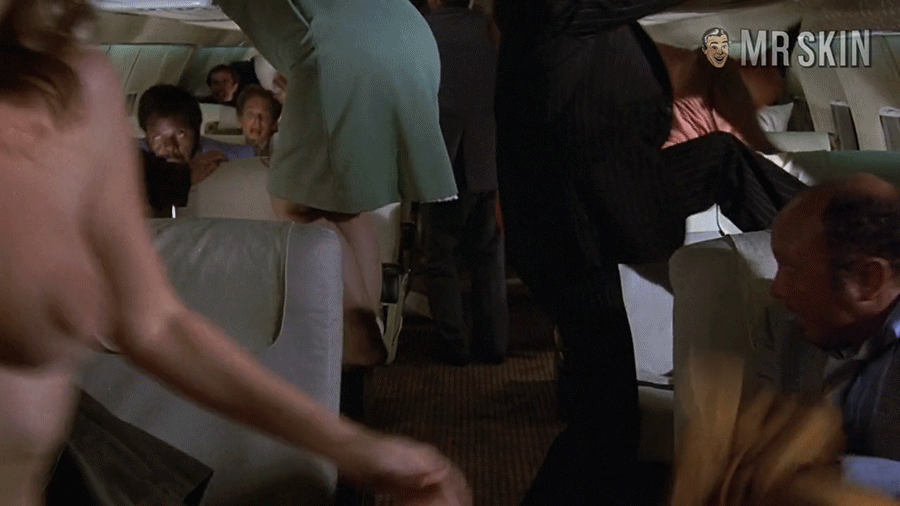
That scene has proven to be a headache for Joan Graves, chair of the Rating Administration for the Motion Picture Association of America, where she’s heard from angry parents since the late 1980s. “They choose Airplane to watch with their family because it’s rated PG,” she tells me. “But the first thing they see is a naked woman running through the aisle. They feel betrayed that we gave it a PG rating.”
Sixteen Candles, the 1984 John Hughes/Molly Ringwald classic, is another film Groves hears frequent complaints about. “‘How could we possibly give them such bad information as to rate this film PG?’ they ask. Well, I explain, PG-13 wasn’t around in the early 1980s.”

In fact, it wasn’t until the end of 1984, when a series of questionable PG films — Poltergeist, Gremlins and Indiana Jones and the Temple of Doom, which featured a man’s beating heart being torn from his chest — made it clear that a ratings adjustment needed to be made.
“It was sort of a perfect storm of movies that I either produced and directed,” Steven Spielberg explained in an MPAA video about ratings. “I agreed with the parental objections, but I also felt it would’ve been unfair to have labeled either of those films R.”
The following year, a trio of films — Weird Science; Just One of the Guys; and National Lampoon’s European Vacation — featuring notorious boob shots were rated PG-13.
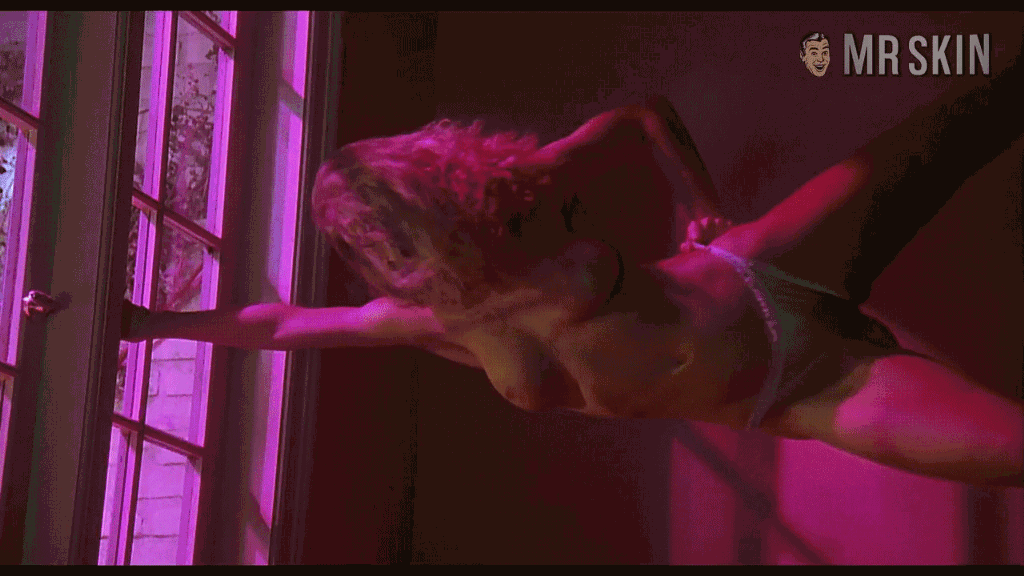
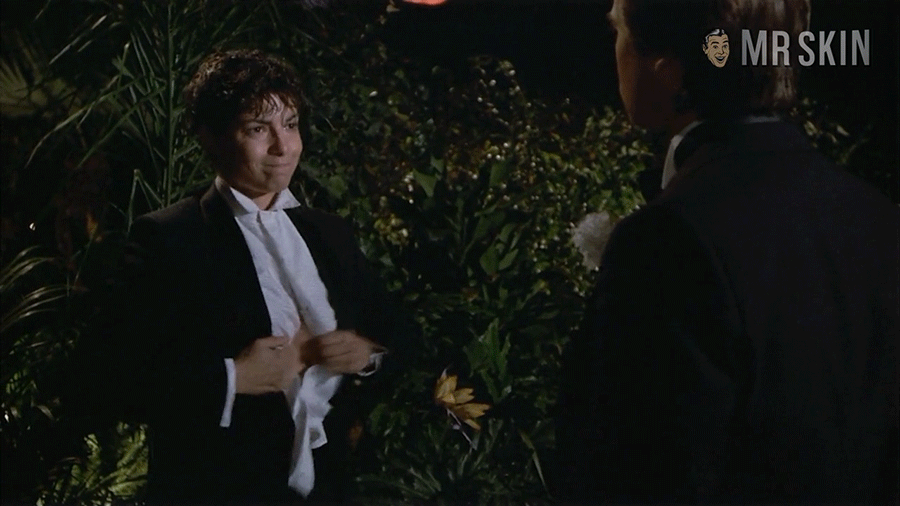
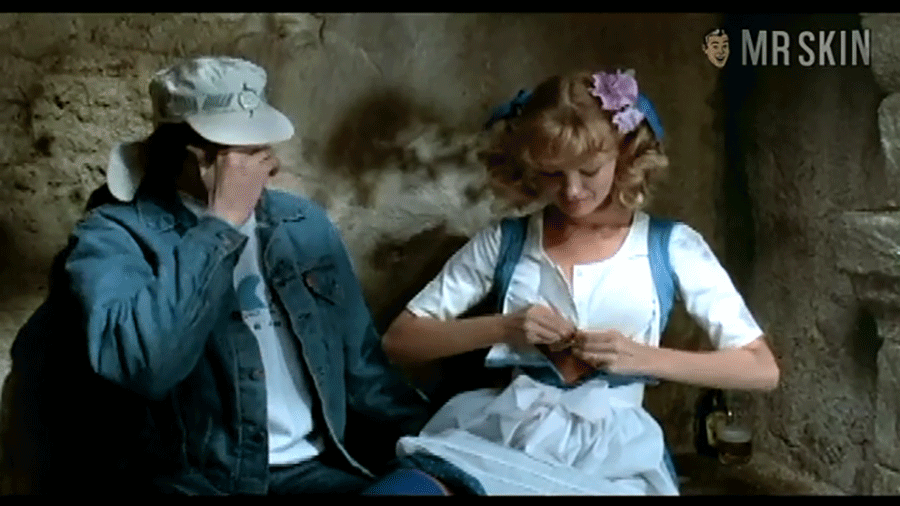
There are no rules to follow when evaluating a boob shot, Groves clarifies. “It’s not a matter of a ‘two-second’ or ‘no-nipple’ rule. We discuss our proposed ratings after absorbing the whole film in context. Context is key.” Doc Hollywood (1991), for example, received the lesser PG-13 rating because Julie Warner’s nudity wasn’t sexual in nature. “She only gave the illusion of being nude,” Groves notes, “you couldn’t see any details.”
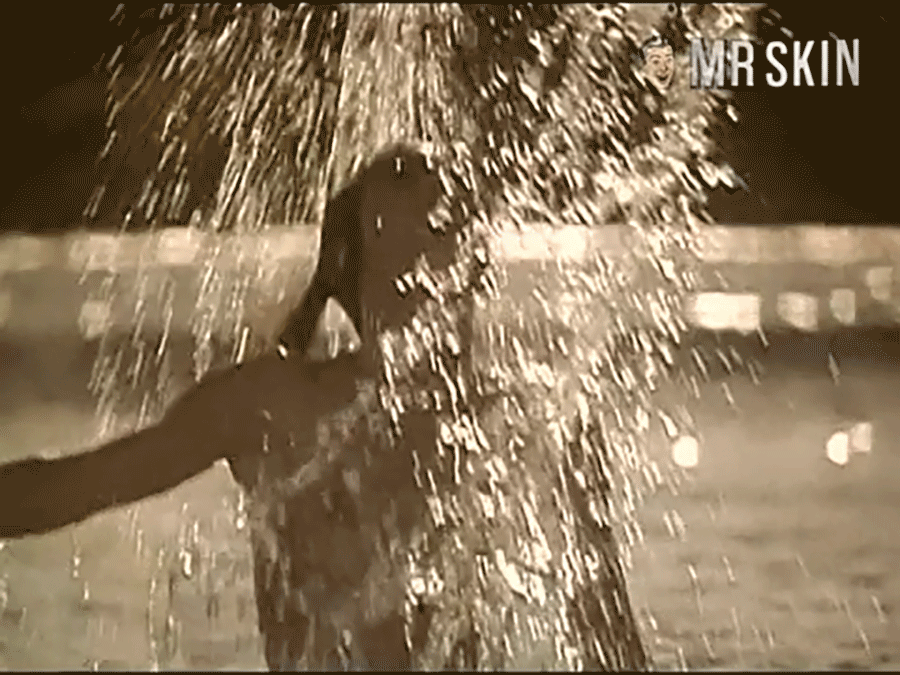
“We got a lot of calls from parents asking how we could have a fully nude person in a PG-13 movie,” Groves continues, still referring to Doc Hollywood. “As a board, we came to the conclusion that the nudity wasn’t sexualized but rather simply indicating that the woman had gone swimming. After hearing everything parents have said to us about that rating over the years, though, I’m sure we’d have a much longer discussion now.”
The MPAA Ratings Board, Groves explains, is made up of parents of children between the ages of 5 and 17 from across the country. “Board members only hold positions for a number of years. Parent turnover reflects the times we’re in, so the ratings system is built for change. Parents today are less okay with seeing breasts in PG-13 movies.”
But why, I ask, given women are wearing much more revealing clothes than they did in the 1980s — not to mention the ubiquity of online porn.
“It’s all cyclical,” Groves says. “Drugs are much more harshly rated now than they were in the 1970s because parents felt very differently about drugs then. Similarly, 1980s films that had boobs in them would get a stiffer rating today because parents feel more strongly about gratuitous nudity. Societal tastes change all the time; we’re hopefully built to adapt to the change.”
At least we’ll always have Revenge of the Nerds.
And Risky Business.
And Trading Places.
And Coming to America.
And Bachelor Party.
And Splash.
Who says the best things come in twos?

